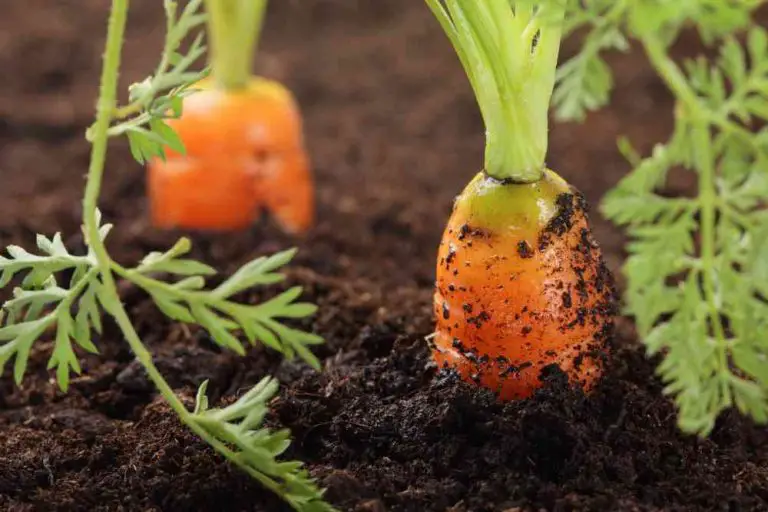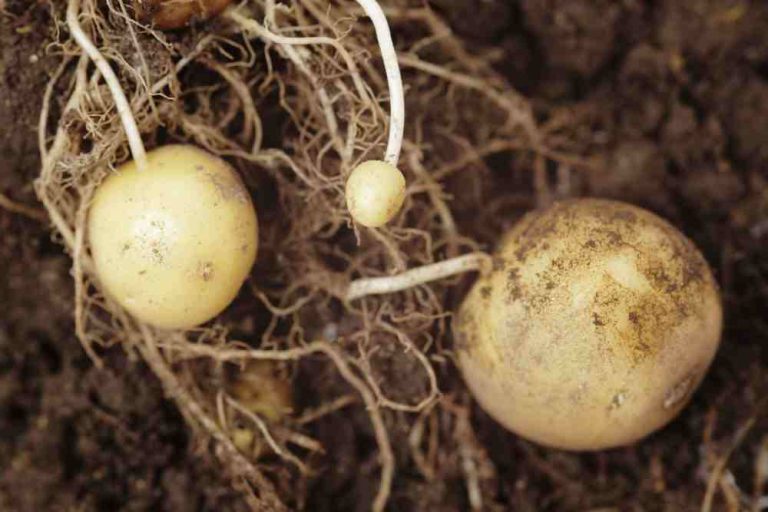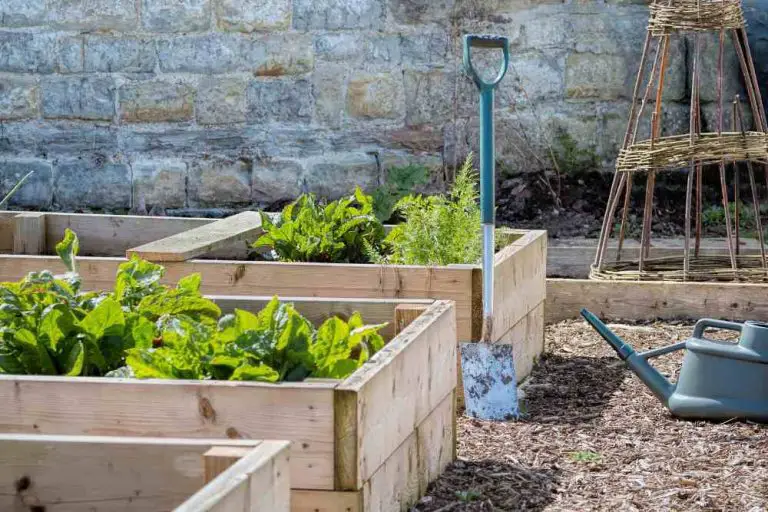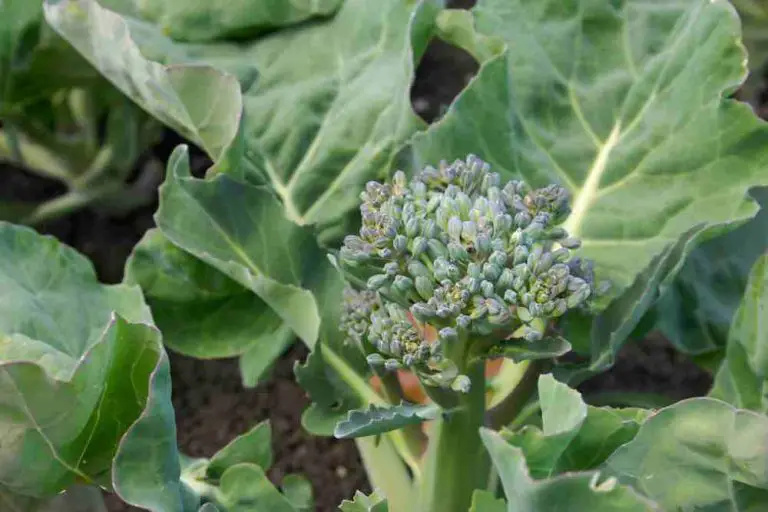How to Start a Vegetable Garden for Beginners
Why garden? If you’ve never tasted fresh vegetables from your garden, you will be amazed by the sweet, fresh flavors and vibrant textures. If you grow them yourself, there’s absolutely nothing quite like fresh veggies, especially. This guide will provide you with some tips on How to start a vegetable garden.
Site Selection
Your garden should be out in the open, fully exposed to the sun. Most vegetables, herbs, flowers, and fruits do best if they are not in the shade. Vegetables need 6 hours of direct sunlight per day.
If they receive more sunlight, the harvest will be great, the veggies will be bigger, and the taste will be great. The roots of trees and shrubs compete with your garden for water, so plants’ roots penetrate soft soil more quickly, so you need an excellent loamy soil.
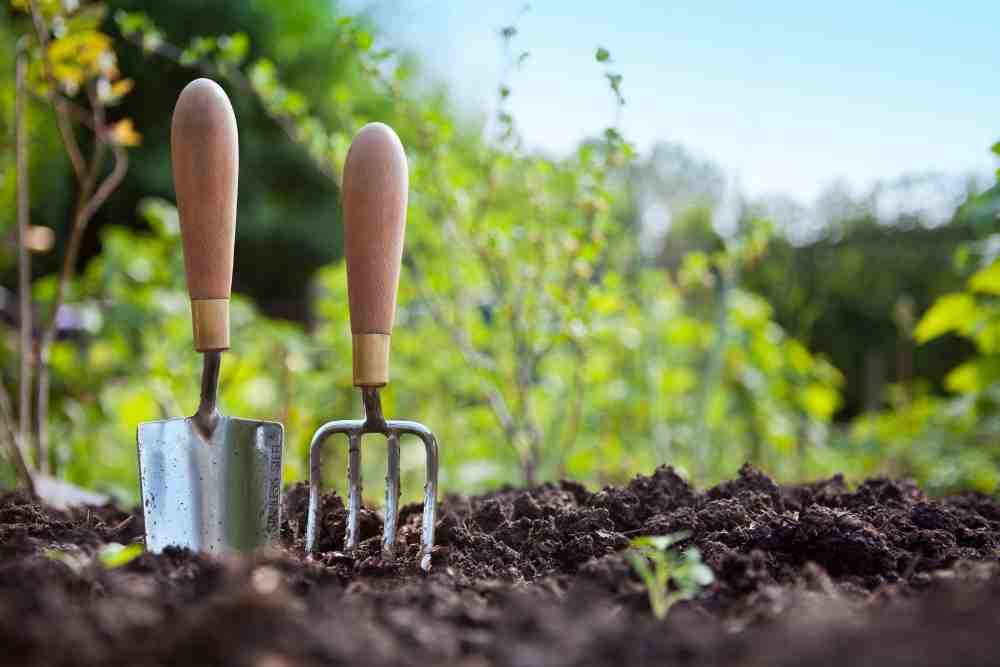
Enrich your soil with compost that provides needed nutrients. If the site is not near a water supply, you will have to carry or cart water from a distance. Without an adequate, easily accessible water supply, otherwise, you may lose enthusiasm, and the garden will struggle. Choose a place for your garden where the soil is deep, without rocks.
Plot Size
A good-size beginner vegetable plot is about 16×10 feet—a plot size based on the vegetables you are going to plant. Make your plot 11 rows wide, with each row 10 feet long. The rows of your plot should run north and south to take full advantage of the sun. If this plot is too large for your needs, you do not have to plant all 11 rows or make the rows shorter.
And also, raised beds/ mounds are good choices for vegetable gardens. Since they save space, they are easier to weed and reduce soil compaction caused by walking through the garden. Crop rotation plans are easier to implement in raised beds. On sites with problem soil, it is easier to manage soil in raised beds than to address soil issues over a larger, undefined area.
A simple frame, constructed from four pieces of 2-inch by 12-inch lumber, can be placed on the ground and filled with soil. The frame can easily be moved to different locations for new plantings or new seasons. Although many raised beds are built 3 to 4 feet wide, you may want to build them narrower so those with shorter arms can reach the center of the bed.
To Grow Vegetables
If you are a newcomer to vegetable growing, you may want to choose vegetables that are really easy to grow if given proper care for them. Always use high-quality seeds because seed packets are less expensive than individual plants.
But if seeds don’t germinate, your money and time are wasted. Cool-season crops to consider include carrots, leaf lettuce, peas, radishes, and spinach. Warm-season crops to consider include beans, potatoes, summer squash, and tomatoes.
Warm-season crops can be incorporated if watering, weeding, and harvesting are provided over summer break. Choose varieties that are recommended for your region or for regions with colder climates than yours.
Maintain proper space for your crop. For instance, corn needs a lot of space and can overshadow shorter vegetables. If plants set too close together, they compete for sunlight, water, and nutrition. Pay attention to the recommended spacing guidance on seed packets and plant tabs. Watering your plants in the correct amount.
Neither too much nor too little. It will give them the best chance at producing well-formed, mature vegetables. Plant and harvest vegetables at the right time, not too early or too late. Every vegetable has its planting dates, so be sure to check the seed packet.
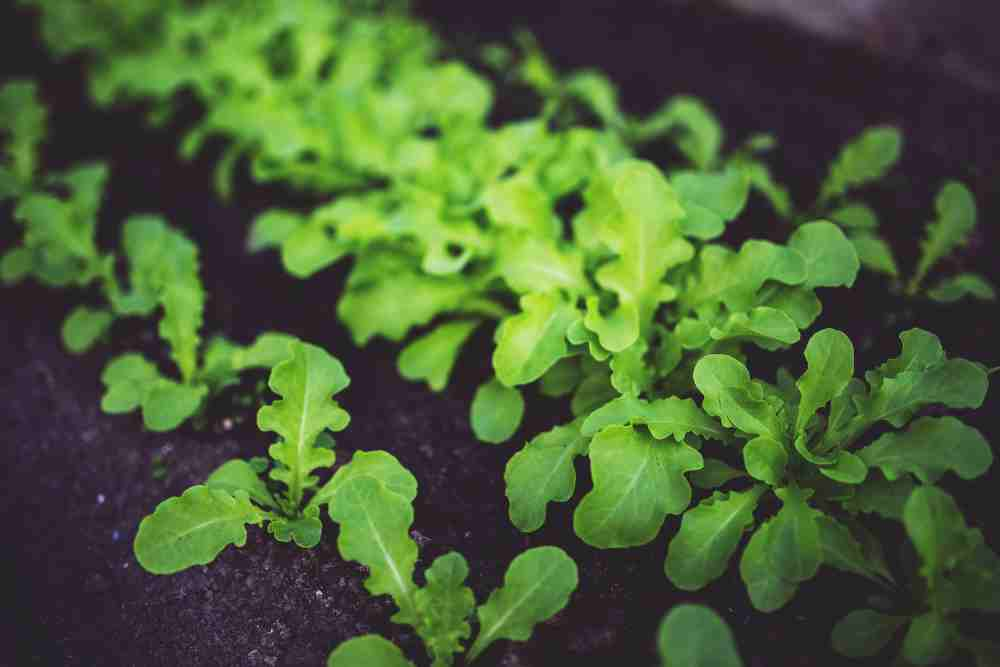
Gardening Tools
Most gardeners regularly use a few essential tools. Generally, you should shop for quality rather than quantity when purchasing garden tools. Quality tools will last a long time and are worth the initial investment and expense. Metal parts should be made of steel or hardened aluminum. These materials stay sharp, keep their shape, and outlast tools made out of softer metals. It is important to keep tools sharp and clean.
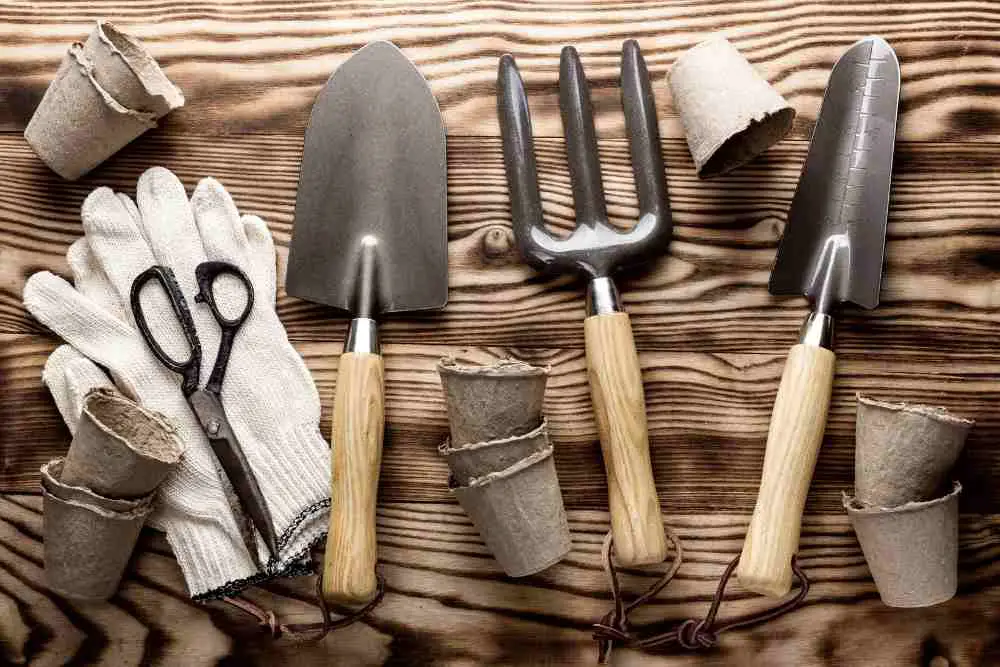
A sharp tool will shorten the amount of time you spend working and prolong the tool’s useful life. Periodically wipe tools with linseed oil to protect and preserve metal surfaces. Use a wire brush to clean soil from tools. At the end of the gardening day, dip tools in a bucket of sand saturated with vegetable oil, keep them clean, and guard against rusting throughout the season.
- Hoe – break up the soil, break the crust, remove weeds, prepare beds, and draw up furrows. The narrower the blade, the better it adapts to the hard earth.
- A hand trowel is suitable for small digging works that don’t require full-size tools. It helps transplant seedlings and bulbs or digs up shallow-rooted weeds.
- Shovel-wide, for loading and unloading earth, and compost.
- Rake – break the soil crust, remove lumps, prepare the sowing bed, and cover the seeds. The rake handle should come up to the user’s ear. Rakes that are too short will make your work harder and cause excess bending and strain on your back. Rakes that are too long can be difficult and frustrating for young gardeners to use.
- Spade – flat, to mark and cut the soil when it is soft. A pointed spade is used when the ground is hard.
- Dibbers or Transplanters – made from tree branches. Help make holes where the seedlings will go and hold the soil.
- Watering can – to water seedlings and new plants with a light sprinkle.
Read – Find the Best Indoor Garden Tools for Your Plants Today!
- 18 Creative Ideas for Stunning Garden Borders - April 16, 2024
- 19 Creative and Cheap Backyard Ideas: Transform Your Backyard on a Budget - April 11, 2024
- 15 Ingenious Kitchen Garden Ideas to Cultivate Freshness Right at Home - April 7, 2024



